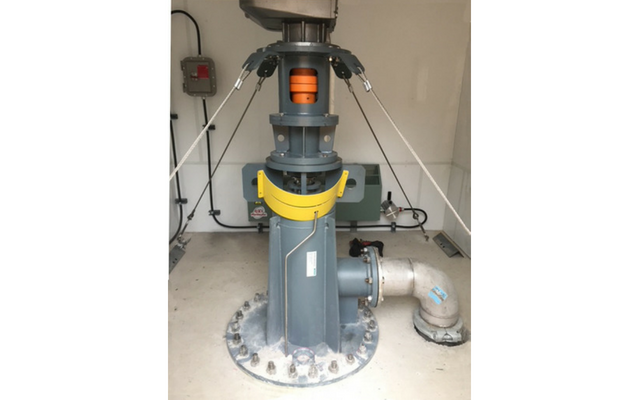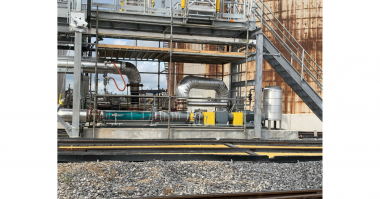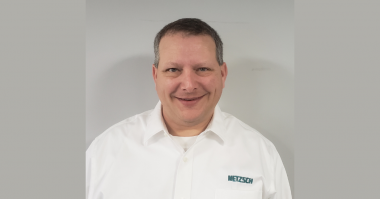The St. Mary’s Waste Water Treatment Plant facility serves a Town of 7,000 residents. The Town of St. Mary’s owns the sewage treatment plant which has been in existence for more than thirty years. The Ontario Clean Water Agency has been given the operation contract to run the facility. In the process of reclaiming the water, a biosolids byproduct is created. Wasted sludge is processed and converted to fertilizer which meets the CFIA Registration standards (biosolids), and then transferred for storage to a large holding tank which was built below the ground surface. Approximately four or five times, when the tank reaches the capacity, the biosolids are pumped from the tank into trucks that haul it away for eventual land application.
Upgrade made
In 2007, the Waste Water Treatment Plant upgraded their process which necessitated the installation of newer equipment to handle the modernized conditions. As a result of the upgrades, Digesters 1 and 2 were abandoned as conventional digesters and biosolids stabilization is now achieved through patented technology from Lystek.
The Challenges
The changes resulted in increasing the viscosity of the thickened biosolids significantly, and also increased the percentage of solids from 3% to a range of 8% to 14%. The centrifugal type pump previously used, could not handle the highly viscous biosolids and the pump flow rate dropped to 10 liters per second. The slow speed increased the time to fill the haul trucks to almost an hour which affected the productivity and costs negatively. An additional problem was that water would have to be added to the biosolids to allow it to flow better, further reducing the efficiency of the process.
The Solution
The Town of St. Mary’s who owns the Waste Water Treatment Plant, retained B.M. Ross and Associates of Goderich, Ontario to engineer the solution. Their assessment resulted in recommending a Positive Displacement Pump. Continued evaluation narrowed the selection a Progressing Cavity Pump. Further investigation for the pump the was best suited to solve these problems resulted in the selection of the NETZSCH pump.
The projects Lead Engineer stated, “the NETZSCH Progressing Cavity Pump was selected based on the extensive experience of NETZSCH in similar applications, their knowledge base in Progressing Cavity Pump Technology, excellent service and support, and, of course, a good quality product.”
Realiability is a key factor in this application. The pump is operated intermittently, and during the interim time when it is not running, it is exposed to a harsh environment. Therefore, when it has to be deployed, it is crucial that it runs and provides the desired performance. NETZSCH was able to meet every requirement of the criteria specified by the Consulting Engineering firm.
The Results
The NETZSCH pump was installed in September 2017 and has performed flawlessly, continuously meeting the customer’s expectations. The highly viscous high solids content biosolids has been handled as desired. Transportation costs have been reduced by shortening the time required to fill the trucks.
The flow rate of 33 liters per second, a significant increase from 10 liters per second, has reduced the fill time for the trucks. The normal time for filling a truck had been approximately 60 minutes.
The NETZSCH pump filled the first truck in 17 minutes, and has consistently averaged a fill time within a range of 17 to 20 minutes. This translates to a huge savings in the overall transportation costs. While specific cost information is proprietary to the customer, the proportionality of the reduction in time is a good indicator of the magnitude of the savings.
The design and operating parameters of the NETZSCH progressing cavity pump have made it possible to move the biosolids with a high solids content of up to 14% with minimal modification to the overall system in place.
Solutions to challenging problems are the hallmark of success for NETZSCH. This is another example of the high quality products and years of outstanding experience and expertise of NETZSCH combining to provide performance and cost savings to the customer.





Comments